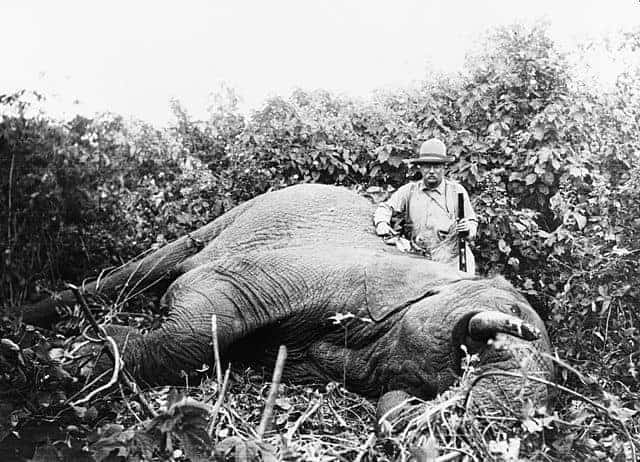Since George Washington retired from the presidency in 1797 Americans have grappled with exactly how to regard their former presidents. Nearly all of them found their reputations and the national regard for them enhanced after they left the Executive Mansion. Even those exiting the office under a cloud of scandal, such as Ulysses Grant and Richard Nixon to name just two, found the esteem of the public increased as their years of retirement mounted.
Many of the former Chief Executives left office at an age, and during an age, when retirement to a life of leisure and travel was unthinkable. Their actions and occupations after leaving the White House are worthy of study in a day when a multimillion-dollar book deal and hefty speaking fees are guaranteed to an ex-president, along with numerous perks.

Here are some of the professions and occupations chosen by some of America’s former presidents when they returned to private life after serving in the White House.

1. George Washington was appointed to command the army during the Quasi-War
When the young American republic faced imminent hostilities with revolutionary France at the end of the eighteenth century, John Adams recognized that America’s pre-eminent soldier was living in happy retirement at his plantation. Adams appointed Washington as Lieutenant General of the United States Army, in command of all American troops and militia to be mustered in the event of expanding the war with France, which at the time was limited to naval engagements. Washington had no desire to leave Mount Vernon but his sense of duty compelled him to accept the appointment, with the proviso that field command of the Army would be given to Alexander Hamilton.
In accepting Washington effectively became the first Chief of Staff of the United States Army. Washington put Mount Vernon under military discipline, befitting the headquarters of an army, but in the end, the Quasi-War ended without any military operations. Washington returned to his occupations of farming, animal husbandry, whiskey distilling, brewing, operating a fishery on the Potomac, operating grist mills, making nails and other hardware, and all of his other daily pursuits. He also maintained a correspondence which expressed his views on affairs of state, up until the day before he died in December 1799.

